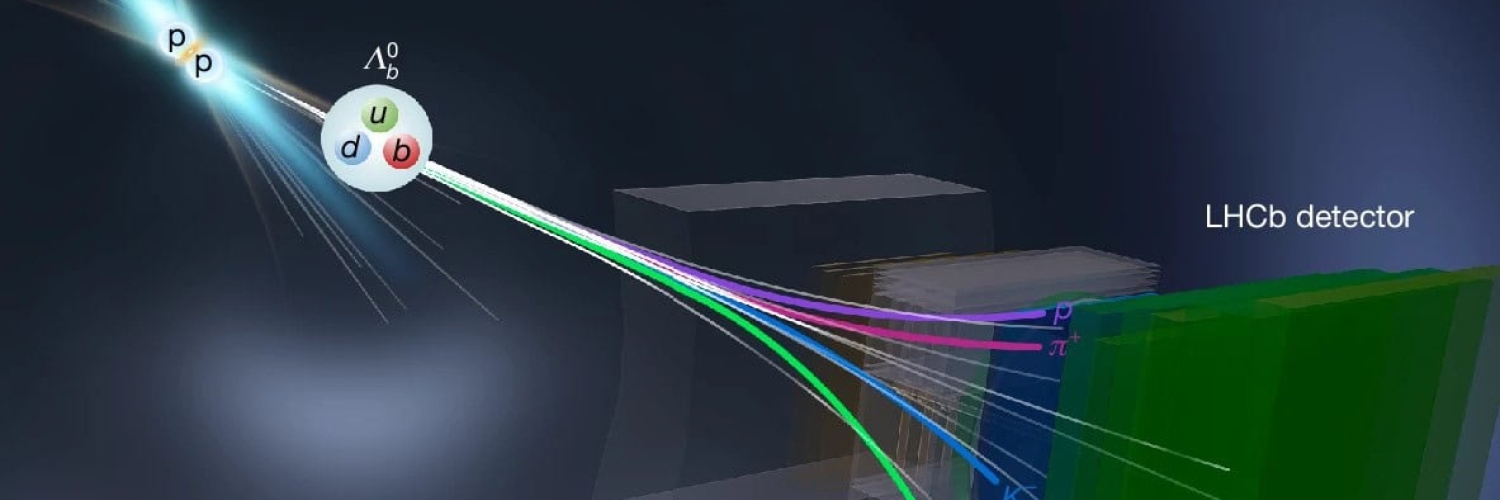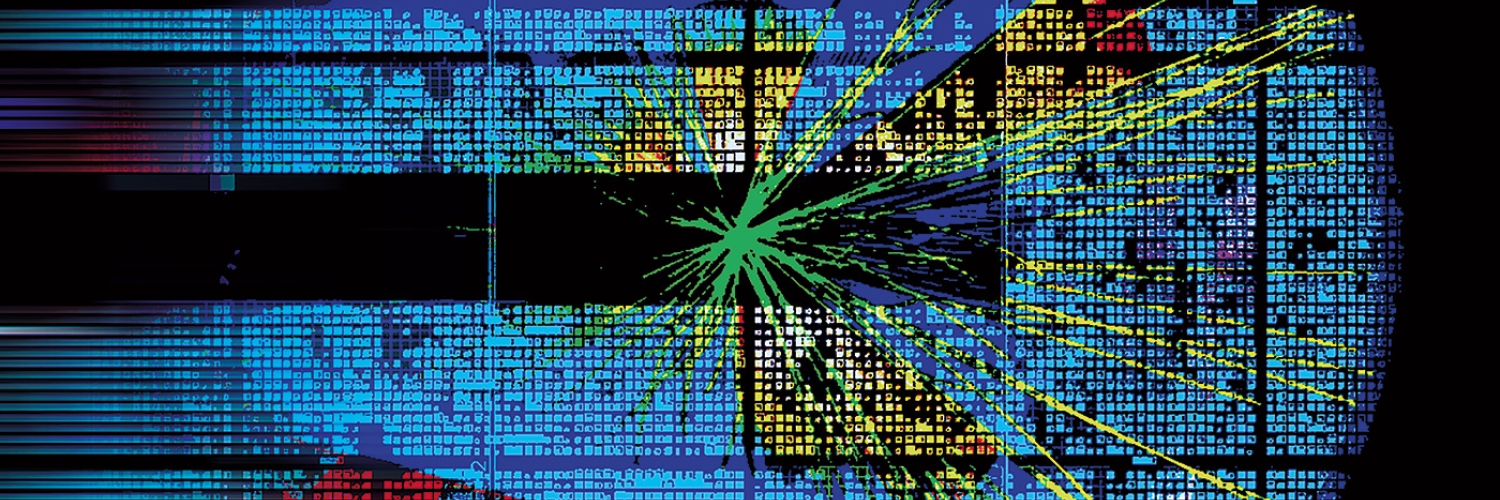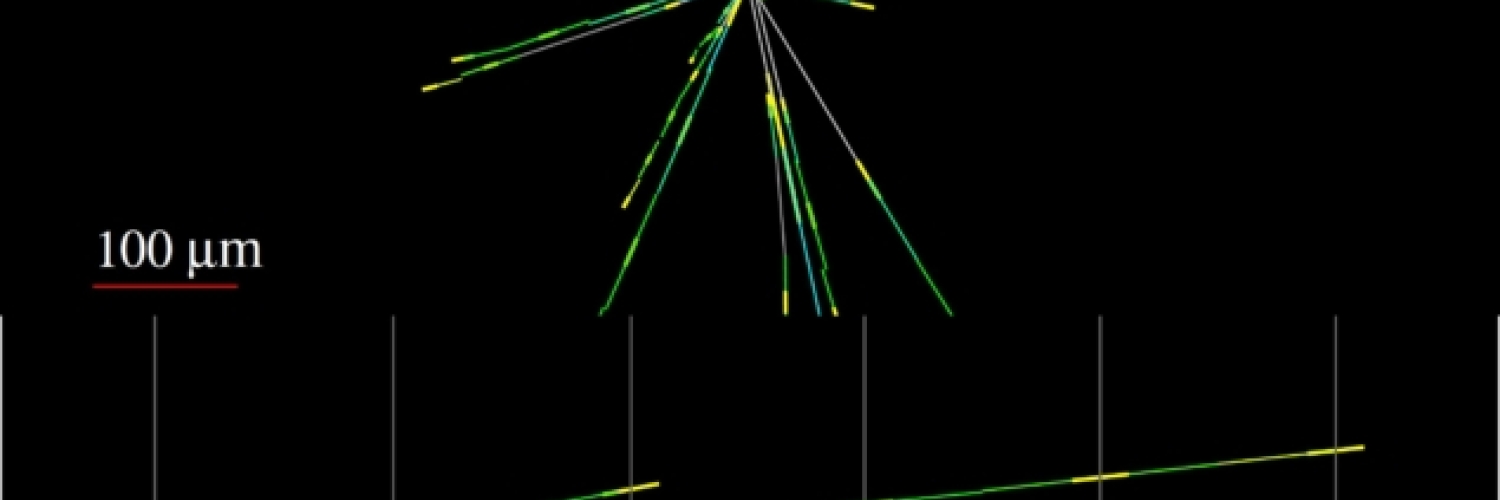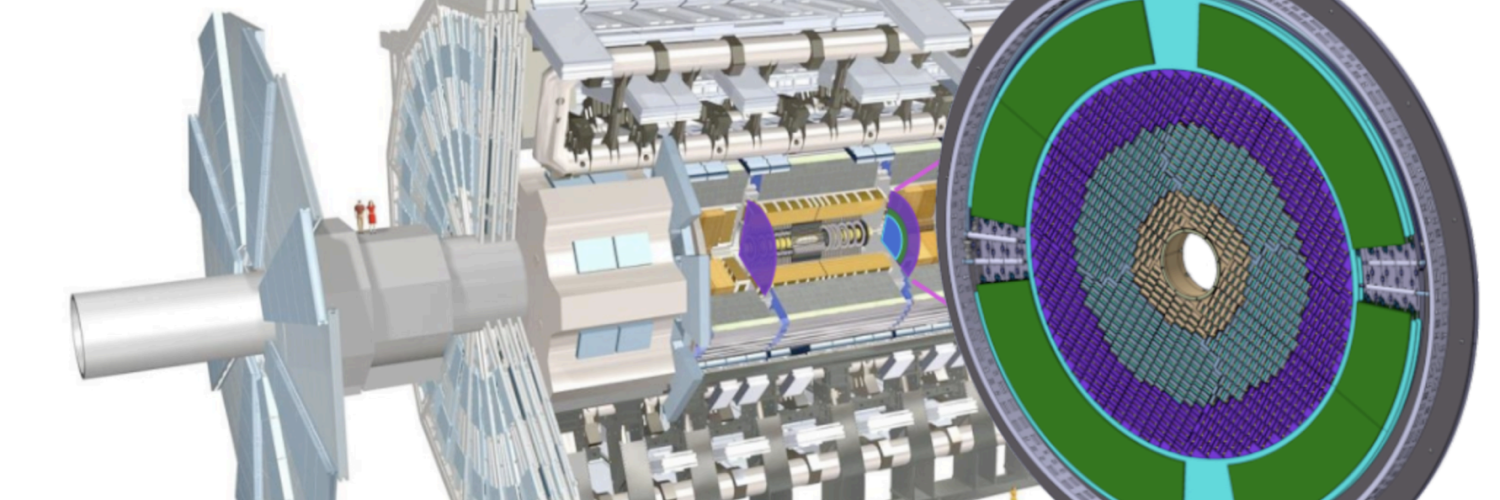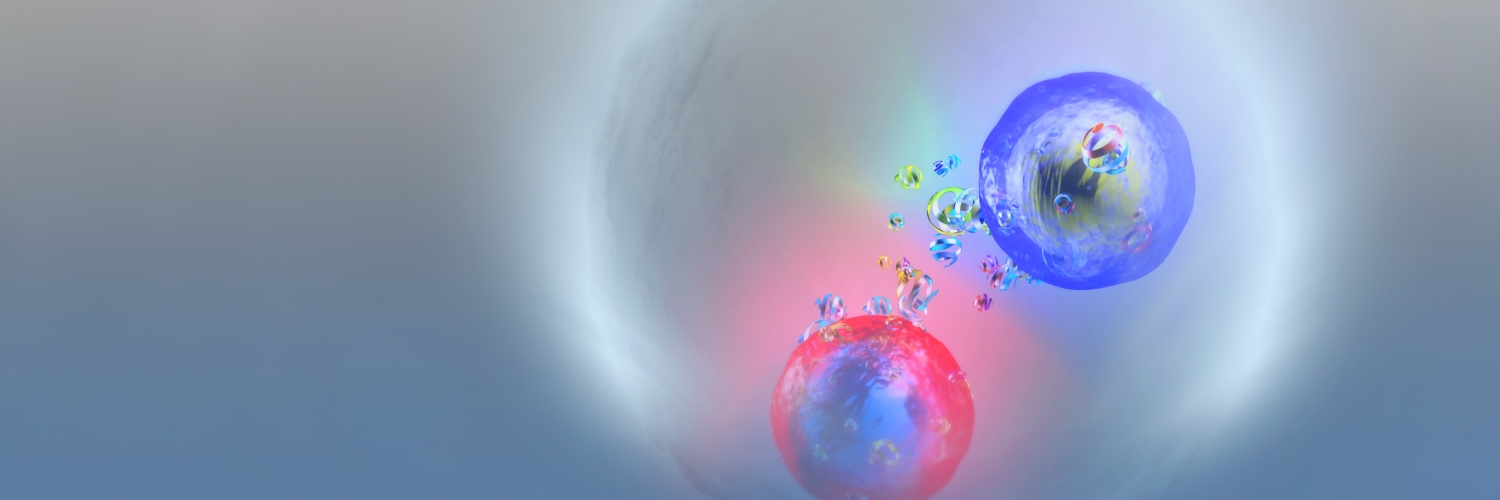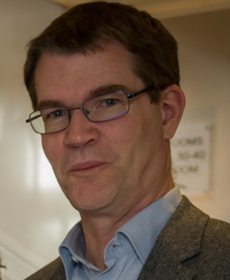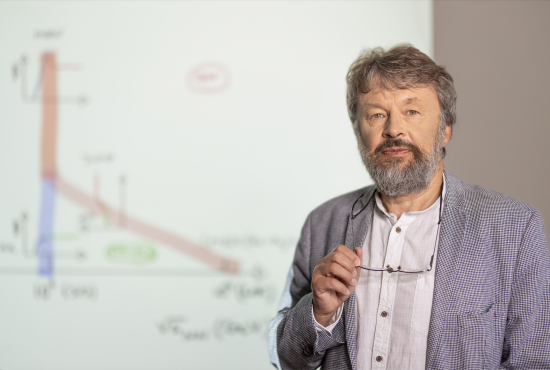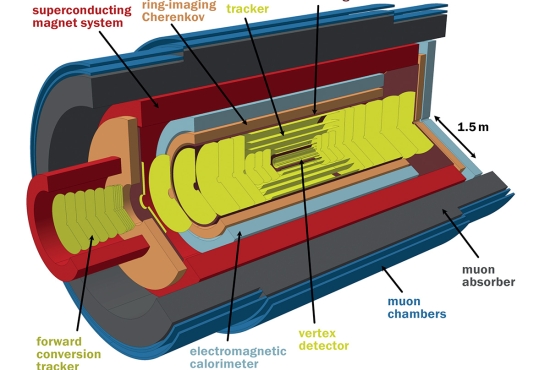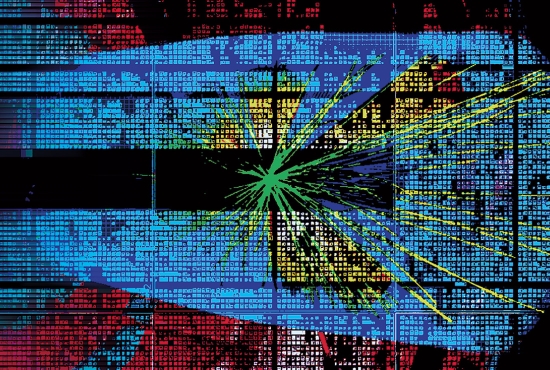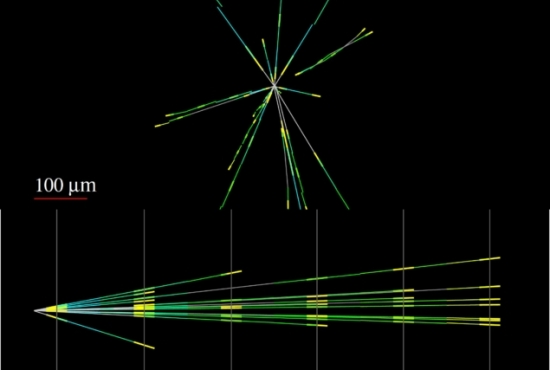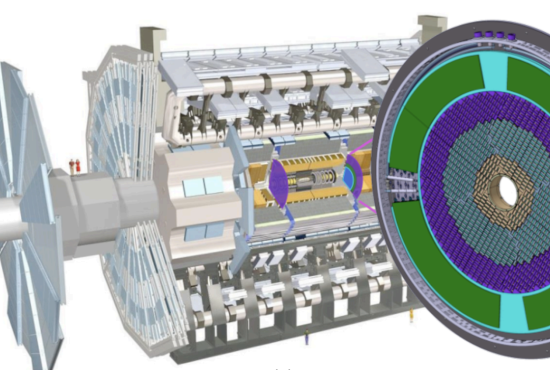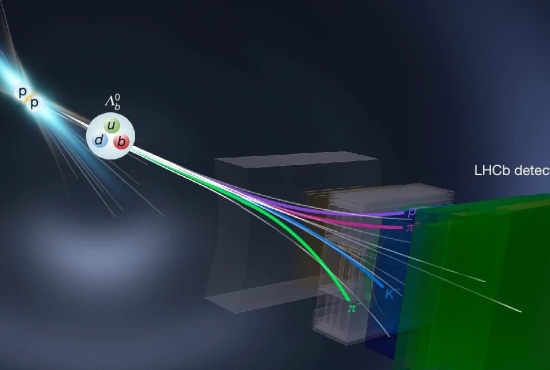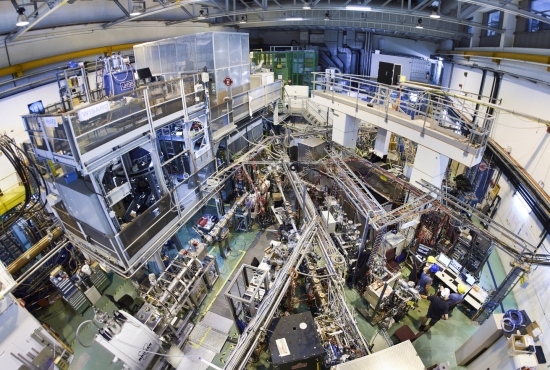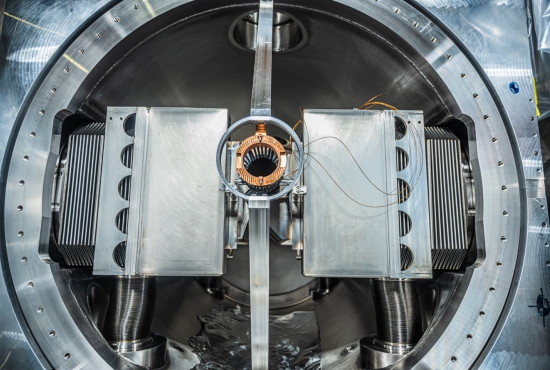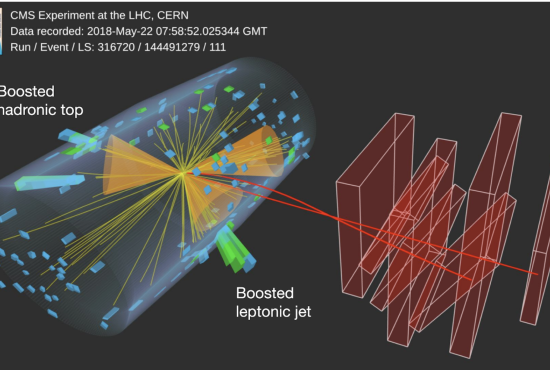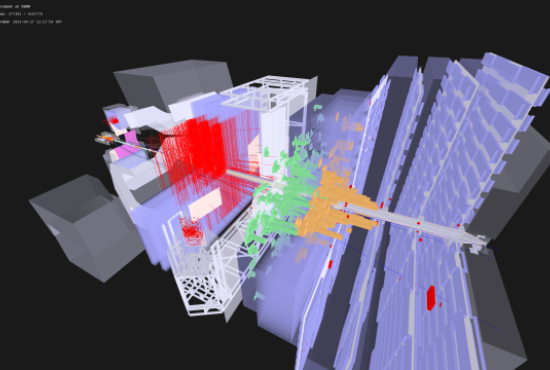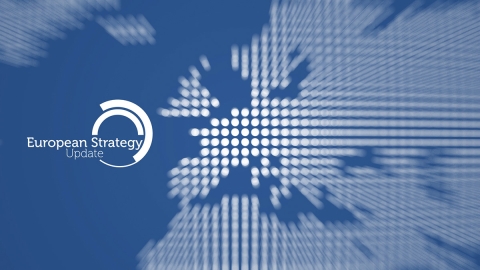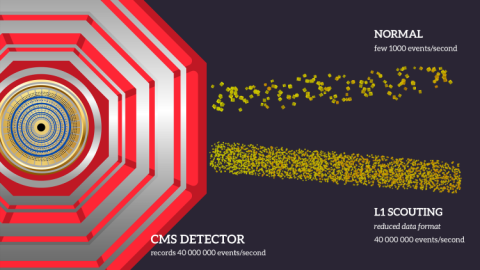LHCb’s special runs with oxygen and neon nuclei have unveiled new insights into nuclear structure and the quark–gluon plasma, with results surpassing expectations in luminosity and precision.
A word from the EP Deputy Department Head - October 2025
Dear colleagues,
It is my pleasure to introduce this latest issue of the EP newsletter, full of fascinating articles drawn from the breadth of activities going on in the CERN EP department and beyond. As the weather turns colder and we begin to look towards the end of the year, I hope you will find some time to read and learn more about the latest scientific developments and the technologies that support them...
READ MORE
Interviews & Features
Marek Gazdzicki: Four Decades at the SPS – and Still Surprised by Strong Interactions
After nearly two decades leading NA61/SHINE, Marek Gazdzicki reflects on four decades at the SPS — from groundbreaking collision studies to the enduring surprises of the strong interaction.
Read MOREAerogel RICH detector for the future ALICE 3 PID system at LHC
The ALICE collaboration is developing a next-generation RICH detector for ALICE 3, combining aerogel radiators and SiPM technology to deliver unprecedented particle identification for future Quark–Gluon Plasma studies at the HL-LHC.
Read MOREG4HepEm: accelerated electromagnetic shower simulation for the HL–LHC
Specialised electron, positron and photon transport in Geant4 makes simulations faster and more efficient, while preserving full physics accuracy.
Read MOREWelcome to the Collider Neutrino Era!
Neutrinos once thought unreachable at colliders are now being detected at the LHC by the FASER and SND@LHC experiments. These first-ever observations open a new era of “collider neutrino physics,” offering fresh insights into the Standard Model and powerful opportunities to search for new physics.
Read MOREOLC-R / OLC-1 refurbishment in a Nutshell
CMS is preparing for the HL-LHC era with a major upgrade to its data acquisition system. From new high-density, water-cooled racks to greener, more efficient cooling technologies, the CMS data centre is being transformed to meet the extreme demands of Run 4.
Read MOREThe ATLAS High Granularity Timing Detector
The High-Granularity Timing Detector (HGTD) is entering its final integration phase, achieving sub-50 ps precision as it prepares to become a key ATLAS upgrade for the HL-LHC.
Read MOREResults from the experiments
The Asymmetry of the Universe: First Observation of CP Violation in Baryons
The LHCb collaboration has made the first observation of CP violation in baryon decays, a 5.2σ result that marks a major step toward understanding the matter–antimatter asymmetry of the Universe.
Read MOREISOLDE charts the shores of the islands of inversion
ISOLDE has measured the spin and magnetic moment of chromium-61, revealing its role at the edge of the N=40 island of inversion and redefining our view of exotic nuclei.
Read MOREBreakthrough: Coherent Spectroscopy with a Single Antiproton Spin
BASE experiment at CERN has achieved a world first: observing Rabi oscillations in the spin of a single antiproton. This breakthrough paves the way for unprecedented precision in testing matter–antimatter symmetry.
Read MORESMOG(2) at LHCb: a space experiment and a bowling alley
With SMOG2, LHCb now operates as the highest-energy fixed-target experiment, delivering unprecedented luminosities and unique physics opportunities — from cosmic antimatter production to probing nuclear geometry effects.
Read MOREAn all-round boosted chase for supersymmetry
CMS has launched the razor boost analysis, a powerful new machine-learning framework unifying boosted-object searches — from Higgs bosons to potential SUSY particles — setting some of the tightest limits yet in the quest for supersymmetry.
Read MORESpecial Features
Light ions at the LHC: first results from oxygen–oxygen and neon–neon collisions
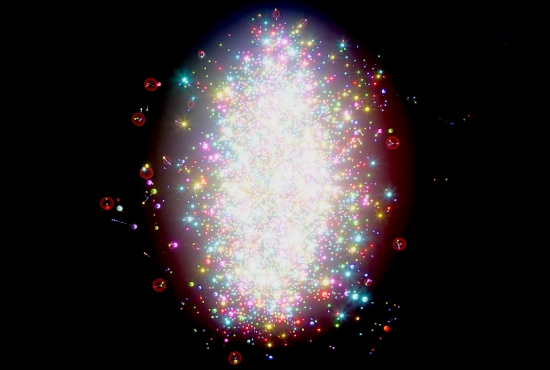
First-ever oxygen–oxygen and neon–neon collisions at the LHC are providing new insights into quark–gluon plasma, nuclear geometry, and the minimal conditions for matter under extreme states.
Read MOREALICE explores the quark–gluon plasma with light-ion collisions

New ALICE results from oxygen–oxygen and neon–neon collisions at the LHC offer fresh insights into the emergence of collective behaviour in small systems — and open a new window into the geometry of atomic nuclei.
Read MOREATLAS explores the quark–gluon plasma with light-ion collisions
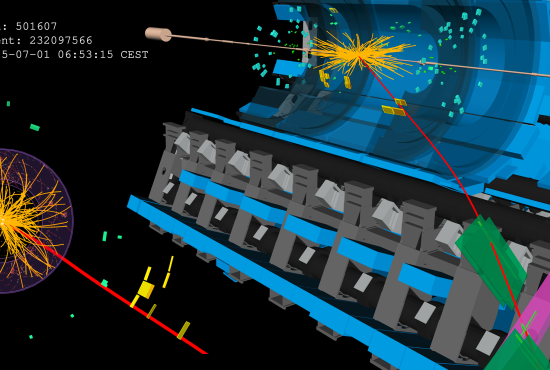
In the first light-ion runs at the LHC, ATLAS collided oxygen and neon nuclei, revealing clear signs of flow and energy loss that illuminate the transition from hadronic matter to quark–gluon plasma.
Read MORECMS explores light-ion collisions: suppression, scaling, and collectivity

CMS’s first studies of oxygen–oxygen and neon–neon collisions reveal clear signs of parton energy loss and collective flow, opening a new frontier for understanding quark–gluon plasma in small systems.
Read MOREPhysics Briefing Book Released: A Key Step Toward the 2026 Update of the European Strategy for Particle Physics
A major milestone on the road to the 2026 European Strategy for Particle Physics — the Physics Briefing Book has just been released. It distills the community’s scientific vision and will serve as the foundation for the final strategy recommendations to be drafted this December in Monte Verità.
Read moreEDIT Instrumentation Schools: Preparing the Next Generation of Detector Experts
EDIT (Excellence in Detector and Instrumentation Technologies) is a series of schools aimed at young researchers, including graduate students and early-career postdocs, who seek to deepen their knowledge of detector technologies and instrumentation for particle physics.
Read moreHow CMS records all 40 million events per second
The CMS experiment is utilising a novel technique called L1 Scouting, which allows it to record data from all collisions, without any selection, but in a reduced format. A first pioneer physics result using this data showcases the immense potential of this technology.
Read more
